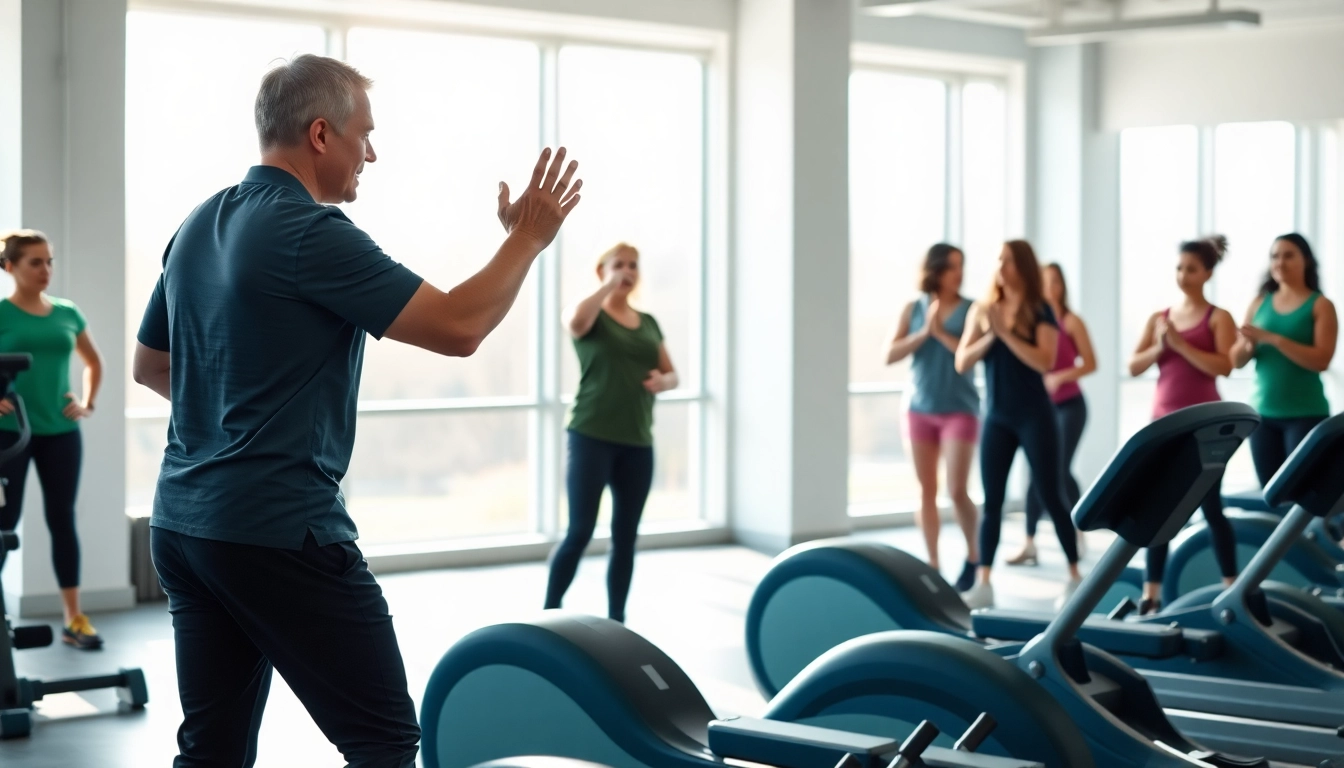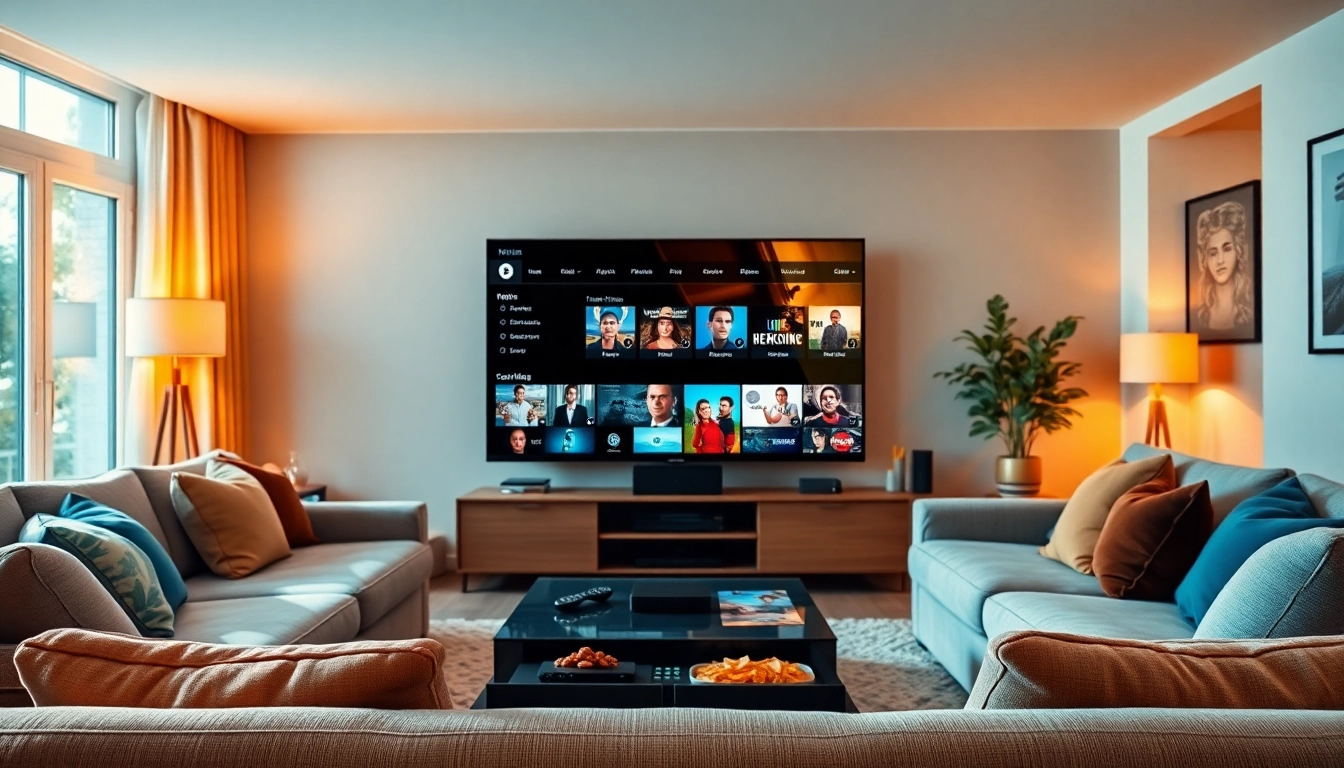Understanding Movenetics Principles
The foundation of physical fitness and health maintenance lies in the understanding and application of effective training principles. One innovative approach that has gained traction in the fitness community is movenetics, which focuses on enhancing movement patterns and functional strength. This article delves into the core concepts, benefits, applications for various fitness levels, and practical implementation of movenetics techniques, providing readers with a comprehensive understanding of this method.
Core Concepts of Movenetics
Movenetics revolves around understanding the human body’s movement potential. It integrates principles of biomechanics, kinesiology, and exercise science to create a system that emphasizes natural movement patterns. The approach prioritizes:
- Functional Movement: Movenetics stresses the importance of functional movements that mimic daily activities, enhancing not just muscle strength, but overall coordination and agility.
- Variety in Training: The methodology advocates for a diverse range of exercises that engage multiple muscle groups simultaneously. This prevents adaptation, ensuring continuous improvement.
- Mind-Body Connection: Practitioners are encouraged to cultivate awareness of their body movements, fostering greater control and precision.
Benefits of Movenetics Techniques
The benefits associated with adopting movenetics techniques are extensive:
- Improved Mobility: Regular practice enhances flexibility and range of motion, which can prevent injuries and improve performance in physical activities.
- Increased Strength: Training with movenetics fosters functional strength that translates into improved performance in sports and daily tasks.
- Enhanced Coordination: The emphasis on multi-joint movements and balance exercises enhances coordination, essential for athletic performance and everyday life.
- Mental Resilience: Movenetics encourages focus and discipline, which contribute to mental toughness and overall well-being.
Movenetics for All Fitness Levels
One of the remarkable aspects of movenetics is its versatility. Whether you are a beginner, an experienced trainer, or someone undergoing rehabilitation, movenetics can be tailored to fit your needs:
- Beginners: Simple movements are introduced that focus on establishing a base level of fitness while prioritizing form and technique.
- Intermediate Practitioners: Progressions are implemented, challenging individuals with more complex movements that build on their foundational skills.
- Advanced Athletes: For those at higher fitness levels, movenetics provides rigorous demands that maximize performance outcomes through advanced functional training techniques.
Implementing Movenetics in Your Routine
Creating a Movenetics-Friendly Workout Plan
To effectively incorporate movenetics into your fitness routine, consider crafting a structured workout plan that aligns with its principles. Here are key steps to take:
- Assessment: Begin by evaluating your current fitness level and identifying specific goals.
- Goal Setting: Set SMART goals (Specific, Measurable, Achievable, Relevant, Time-bound) that are compatible with movenetics.
- Exercise Selection: Choose exercises that match your goals and align with the principles of functional movement and variety.
- Schedule: Decide how many days per week you will dedicate to movenetics, balancing it with rest and recovery.
Key Exercises in Movenetics
While there are countless exercises that can be integrated into a movenetics routine, here are a few key movements:
- Squats: A fundamental movement that builds lower body strength and stability.
- Lunges: Engages multiple muscle groups and enhances balance.
- Planks: Core strength and stability are critical for all movements; planks are an effective isometric exercise.
- Push-Ups: A classic movement that develops upper body strength and engages the core.
Scheduling Your Movenetics Sessions
When incorporating movenetics into your training schedule, consider the following strategies:
- Frequency: Aim for 3-4 sessions per week, depending on your fitness level and recovery needs.
- Duration: Each session can range from 30 to 60 minutes, depending on the complexity of exercises and rest intervals.
- Progression: Gradually increase the intensity and complexity of your workouts to avoid plateaus and maintain motivation.
Tracking Progress with Movenetics
Measuring Improvement in Skills
Tracking progress in movenetics involves more than just measuring physical gains. Consider these approaches to evaluate your improvement:
- Skill Assessment: Perform regular evaluations of key movements to identify enhancements in form and technique.
- Performance Metrics: Track metrics such as number of reps, duration, and overall workout efficiency.
- Adaptive Challenges: Introduce new movements or variations to ensure continuous progress and engagement.
Using Technology to Enhance Movenetics
In today’s digital age, leveraging technology can enhance your movenetics practice:
- Fitness Apps: Utilize apps that track workouts, provide instructional videos, and allow for customized planning.
- Wearable Devices: Track heart rate, calories burned, and other physiological data to monitor performance and recovery.
- Online Communities: Engage with supportive groups for motivation, sharing experiences, and gaining insights.
Adapting Your Goals with Movenetics
As you progress in your movenetics practice, it’s essential to adapt your goals to reflect your evolving capabilities:
- Reevaluate Periodically: Commit to reviewing your goals every few months to ensure they remain challenging yet achievable.
- Adjust and Modify: Be open to changing your routine based on your progress, new interests, and emerging fitness trends.
- Celebrate Milestones: Acknowledge and celebrate the accomplishments, no matter how small, to maintain motivation and a positive mindset.
Common Challenges in Movenetics Practice
Overcoming Physical Barriers
Many individuals face physical barriers when beginning any fitness regimen. Movenetics practitioners can take proactive steps to address these challenges:
- Injury History: Consult a medical professional if you have previous injuries, and seek modifications that allow you to practice safely.
- Flexibility Limitations: Incorporate stretching and mobility exercises to gradually enhance flexibility over time.
- Fatigue: Listen to your body and respect its signals; pacing your workouts can prevent overexertion.
Staying Motivated in Movenetics
Maintaining motivation is crucial to the success of any fitness journey. Here are strategies to keep your enthusiasm alive:
- Set Short-Term Goals: Break down larger objectives into smaller, manageable targets to continually foster a sense of achievement.
- Engage Socially: Exercising with friends or family can increase accountability and make workouts more enjoyable.
- Keep it Fresh: Regularly introduce new challenges, classes, or workout environments to maintain excitement.
Injury Prevention Strategies
Injuries can derail progress, making prevention critical. Movenetics highlights important strategies:
- Warm-Up Properly: A thorough warm-up prepares muscles and joints for the physical demands of a workout.
- Focus on Technique: Prioritize maintaining proper form over completing more repetitions or increasing weights.
- Incorporate Recovery: Always allow for adequate recovery time and consider low-impact workouts to facilitate healing.
Success Stories with Movenetics
Testimonials from Movenetics Practitioners
Real-life success stories can inspire and motivate potential practitioners. Here are a few testimonials:
“Since adopting the movenetics techniques, I have not only enhanced my physical capabilities but also developed a deeper understanding of my body and its needs. My flexibility and strength have improved tremendously!” – Jane D.
“Movenetics changed my approach to fitness. I feel more connected to my movements, and as a result, my performance in sports and daily activities has improved significantly.” – Mark T.
Transformative Journeys with Movenetics
Many practitioners embark on transformative journeys through movenetics, witnessing not only physical changes but also emotional and mental growth:
- Weight Loss: Numerous users report significant weight loss as they commit to functional fitness.
- Enhanced Mental Clarity: Regular practice contributes to improved focus, clarity, and stress reduction.
- Confidence Boost: Achieving movement goals fosters self-esteem and confidence in personal fitness journeys.
Incorporating Movenetics in Professional Training
For fitness professionals, integrating movenetics into their training methods can enhance client results. Key strategies include:
- Kinetic Assessments: Performing assessments to tailor programs based on individual movement patterns and needs.
- Client Education: Teaching clients about the benefits of functional movements and how it applies to their lifestyle.
- Progress Tracking: Using systematic tracking methods to monitor client progress and adjust training plans accordingly.















Leave a Reply